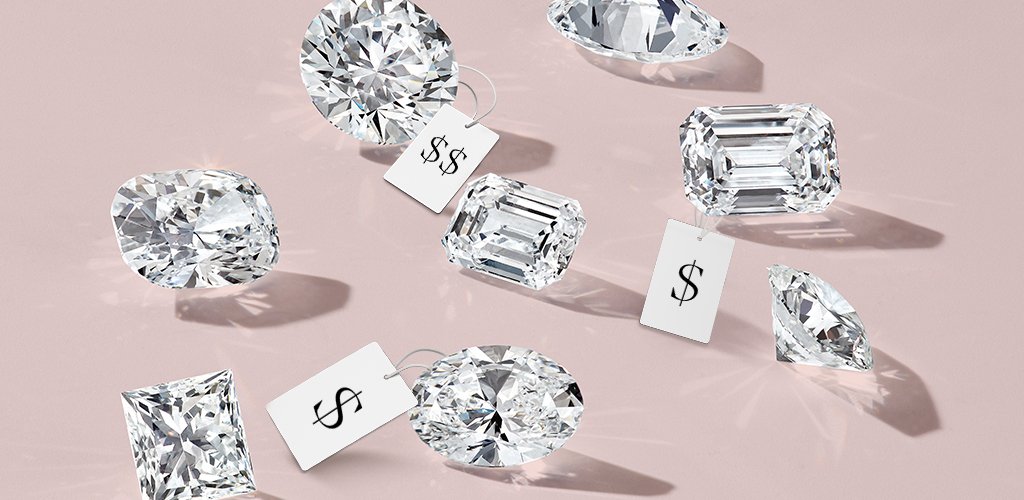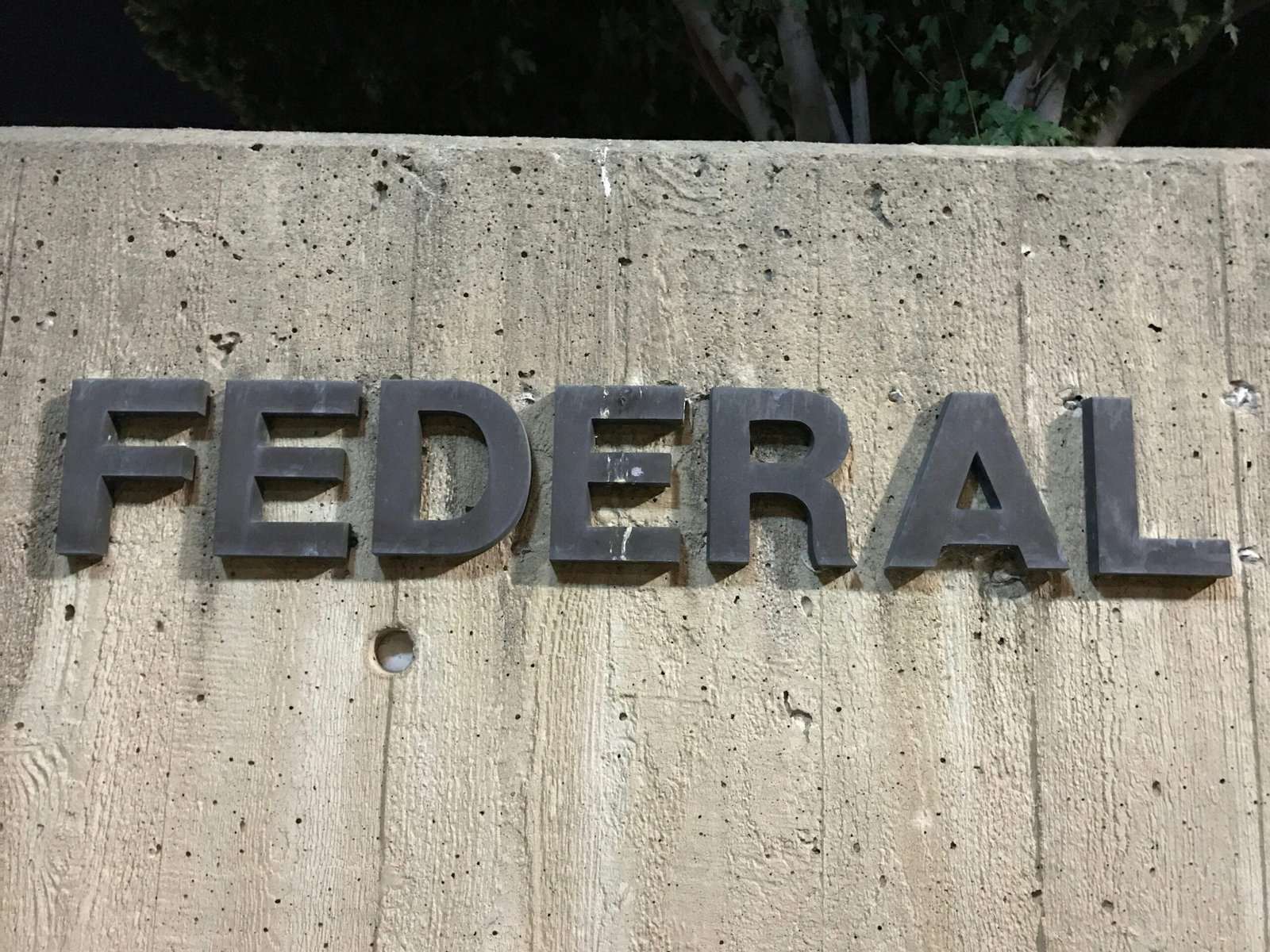Understanding Diamond Pricing in 2023
As of 2023, the landscape of diamond pricing is influenced by a variety of factors that collectively shape the market. One of the primary determinants of diamond prices is market demand, which fluctuates based on consumer preferences, cultural trends, and economic conditions. Economic factors, such as inflation rates and consumer spending power, also play a crucial role in determining the overall cost of diamonds. In recent years, the industry has witnessed a notable shift towards lab-grown diamonds, which are generally priced lower than their natural counterparts. This has led to significant discussions regarding the future of diamond pricing and consumer choices.
The supply side of the equation includes mining production levels and the discovery of new diamond deposits. Notably, the impact of major mining companies and their production capacity can cause substantial variations in price by affecting the availability of natural diamonds in the market. As some regions face declining production, this scarcity can drive prices up. Conversely, if supply remains stable or increases, the prices may stabilize or decline.
When comparing the prices of natural diamonds and lab-grown diamonds, the differences are significant. Natural diamonds, being a finite resource, often command a premium due to their rarity. Currently, lab-grown diamonds can be marketed at up to 30-40% less than comparable natural stones. This price discrepancy has implications for the industry, influencing everything from production practices to consumer education and marketing strategies.
Furthermore, statistical analyses today indicate that average prices for natural diamonds range between $4,000 to $6,000 per carat, depending on factors like cut, color, and clarity. Lab-grown diamonds, in contrast, can be found priced between $1,000 to $3,000 per carat. This pricing overview establishes a baseline against which future projections for 2025 can be assessed, illuminating the ways in which consumer perceptions and market dynamics might evolve in the coming years.
Predicted Trends Influencing Diamond Costs by 2025
As we look toward 2025, several key trends appear poised to shape the diamond industry and its pricing dynamics significantly. One major factor is the continuous advancement in technology, particularly concerning lab-grown diamonds. The production of synthetic diamonds has become more efficient and less costly, leading to an increase in availability. As lab-grown diamonds gain acceptance among consumers and industry stakeholders, their prices could stabilize the overall diamond market, potentially driving down the prices of natural diamonds, despite their traditional allure and value.
Shifting consumer preferences also play a pivotal role in this evolving landscape. Today’s consumers are more informed and increasingly prioritize ethical considerations in their purchasing decisions. With rising awareness about the environmental and social impacts of mining for natural diamonds, many buyers are gravitating toward lab-grown alternatives or supporting brands that emphasize sustainability. This shift may further influence the pricing structure, as companies that adopt sustainable practices could command a premium, whilst the natural diamond market could see a downturn in demand.
Furthermore, broader macroeconomic factors must be taken into account. Global inflation and currency fluctuations can significantly affect the diamond supply chain, impacting manufacturers’ costs and ultimately retail prices. If inflation rates remain high, diamonds may see a pricing increase simply due to elevated production and operational expenses. Additionally, geological discoveries of new diamond deposits or, conversely, the depletion of existing mines might impact supply levels. These discoveries could create a ripple effect, altering market demand and, consequently, pricing strategies in the diamond industry.
Expert Insights: What Jewelers Are Saying About 2025 Prices
As we explore the future of diamonds, particularly regarding pricing projections for 2025, it is crucial to consider insights from industry experts, gemologists, and jewelers who have their fingers on the pulse of the market. These professionals analyze current trends, consumer behavior, and economic indicators to provide forecasts that are both informed and nuanced.
One prominent jeweler, who has been immersed in the diamond industry for over two decades, notes that the rising demand for ethically sourced and lab-grown diamonds is likely to impact traditional diamond prices. “Consumers are increasingly valuing sustainability,” she remarks, adding that this shift is driving market adaptations that will influence pricing structures in the upcoming years. Lab-grown diamonds, typically more affordable, could create competitive pressure on natural diamond prices, leading to a potential realignment as consumers weigh their options.
Gemologist Robert MacKenzie emphasizes the importance of global economic conditions. He predicts that fluctuations in the economy, driven by factors such as inflation and international trade policies, will inevitably affect diamond pricing. “If the economy experiences instability, we could see a decrease in luxury spending, impacting prices,” he states. He adds that the Chinese market remains an essential variable, as demand from this burgeoning economic powerhouse can substantially influence global pricing trends.
Moreover, another jeweler highlighted the significance of technological advancements in diamond manufacturing that could alter the landscape. “With improvements in production efficiency for lab-grown diamonds, we anticipate further downturns in prices for certain segments of the natural diamond market,” he explains. The integration of technology into diamonds, from mining to retail, signifies a dynamic evolution in pricing mechanisms.
Overall, these insights underline a complex interplay of factors that will shape diamond prices in 2025. As industry professionals continue to monitor consumer preferences and global economic shifts, their perspectives provide valuable foresight into what the future may hold for the diamond market.
Preparing for the Future: What Consumers Should Know
As the diamond market continues to evolve, consumers must be equipped with the knowledge to navigate their purchasing decisions effectively, particularly as we approach 2025. One of the most crucial aspects of buying a diamond is understanding its value. Diamonds are evaluated based on the four Cs: carat weight, cut, color, and clarity. Familiarizing oneself with these factors can significantly enhance the ability to discern quality, thereby making it easier to assess a diamond’s worth relative to its price tag. Additionally, it can be beneficial to research how these elements may fluctuate in the approaching future, considering the potential for shifts in consumer preferences and market availability.
Moreover, consumers should remain vigilant about the growing market for lab-grown diamonds. While these stones often present a more cost-effective option, they differ significantly from natural diamonds in terms of emotional and cultural significance. Thus, understanding the implications of natural versus lab-grown diamonds is vital. Interested buyers should seek to understand the ethical dimensions of their choices as well. Diamonds sourced from conflict zones can contribute to humanitarian issues, highlighting the importance of ethical sourcing. Prominent diamond retailers are increasingly transparent about their supply chains, making it simpler for consumers to choose responsibly sourced options.
Furthermore, keeping an eye on market trends is advisable as they will help consumers anticipate price fluctuations. Factors such as economic conditions, consumer sentiment, and changes in mining operations can all influence diamond prices. By staying informed about these elements, consumers will be better positioned to make timely purchases and secure the best value. Always consider personal preferences and lifestyle needs when opting for a diamond, as these elements will ultimately guide towards a meaningful investment. Being well-informed is essential in today’s diamond landscape, ensuring that each purchase is both satisfying and secure.






